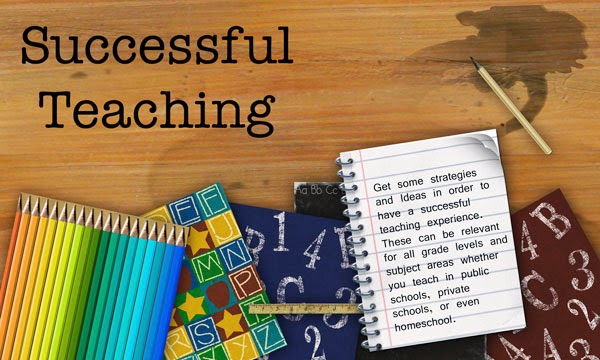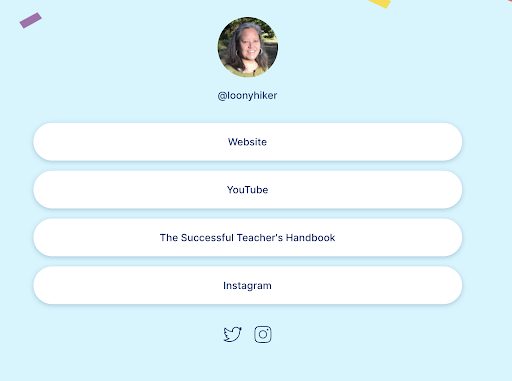Last week we attended the Spring Wildflower Pilgrimage 2014. Here are my notes from Day 3.
I decided that instead of writing a list of all the plants we saw, I would put them in a spreadsheet and then write the location and notes beside them. This would help me see the big picture instead just a list of a plants and things. You can download the spreadsheet
HERE.
Here is the link to Day 3 Pictures
HERE.

On Day 3 (4/18/14), we began the day with Forest Foods and Pharmacy led by Ila Hatter, Wanda DeWaard, and Brittney Hughes. This is the second year we attended this and it was awesome! I learn so much with this group and they are full of such useful and interesting information. In the afternoon we went on a moss walk led by Keith Bowman who did a great job and was very knowledgeable. I just don’t think I’m ready to go into depth about mosses. I did learn some interesting information about mosses that I would not have known if I hadn’t been on this walk. In the evening we went on a Bat Walk and it was interesting too. Unfortunately the scientists leading it was unable to catch a bat in their net.
In the afternoon we went on the West Prong Trail with leaders: Jeremy Lloyd from Tremont and Chris Fleming from Nashville (along with his wife Sunny). We ended up splitting into two groups and we were with Chris who had a plethora of knowledge about what we were looking at!
Things I learned:
1. Uganes are the fresh, first growth of mixed greens.
2. Cut unfurled Solomon’s seal – parboil and saute in butter.
3. Little blooms called Solomon’s concubines.
4. Stonecrop sedum are edible but not choice; full of water content
5. Sassafras – root for tea; leaves to thicken, when using stem – boil about 15 minutes; steep leave for tea; is a blood thinner, full of iron and antioxidents. Good to “get rid of the mountain punies.”
6. Gray headed coneflower (rudebeckia) - gather 1-1 ½ feet high in spring. Aka Sochan or sochani. Parboil and toss out first water. Then sautee in skillet with fatback; likes wet places, easy to grow and transplant.
7. Longspur violets full of vitamin C. Steep in tea. Can nibble on flowers full of nectar. All violets are edible. European violets have an aroma. If no aroma, no flavor. Good for hematomas. 50 blossoms equal one rutin tablet. (rutin good for capillary health). Rutin needs vitamin C. More vitamin C than an orange.
8. Mullein – leaves for tea (simmer and breathe in steam for congestion), dip stalk in tallow and make a primitive light; yellow flowers in olive oil for 6 weeks for ear drops to help ear aches; bronchodilator so good for asthma, you can drink the tea. Doctrine of signatures – hair on it matches cilia in the lungs; wash and dry it; also used as insulation in moccasins; band aids, toilet paper,
9. Buffalo nut – not edible or medicinal; oil could be used as light; parasitic plant.
10. Dandelion – closes up when rain is coming; good diuretic for time when people preserved meat with salt; more in leaves than flower; gets bitter as they get older but if you use it with a tomato base, it takes care of the bitterness; blossoms have lecithin for fat metabolism; an emulsifier; lecithin lowers triglycerides but won’t work on cholesterol, used in jellies and muffins; more Vitamin A than carrots; domesticated in Italy and France; root makes a coffee; great for urinary tract, liver, or kidney problems; naturally sweet; stem sap can remove warts; make a tincture (fill glass jar with lightly packed leaves, add 100% vodka, label and put in a dark place for 6 weeks. Use 15 drops in water or on the tongue)
11. Roadside Rambles Cookbook has recipes and a USDA list.
12. Rattlesnake Plantain – doesn’t work for snake bite
13. Yucca – flowers in vinegar; used to keep animals out of the yard or as a needle and thread.
14. Partridge berry – roots as a tea for labor, childbirth, or menopause; berries are tasteless but not toxic.
15. Ground cedar – antiseptic; used on baby’s butts for diaper rash
16. Devil’s Walking stick – young shoots can be boiled and eaten
17. Tulip Poplar – make salve or liniment for burns; blossoms full of nectar and taste sweet
18. Mint – antiseptic tea, expectorant, sweeten with a little honey.
19. Medicine tastes bad to get rid of the bad entity inside of you.
20. Galax – illegally harvested to be used as canapé trays.
21. Greenbriar – tender leaves are tasty to eat on the trail; jello in the woods; roots can be boiled or dried and used to thicken broth
22. Wild Strawberries – flavor is strong but fruit is small.
23. Black birch – leaf buds growing off 90 degree angle; commercial source for wintergreen; break and boil in water; used as a low dose of analgesic
24. Wintergreen (teaberry) – boil leave in water; analgesic also, smell before chewing to make sure it isn’t mountain laurel
25. Dogwood – inner bark used for redicing fevers and pain; strong wood used for shuttles in weaving looms, hiking sticks, wedges for splitting wood, axes
26. Sweetgum – find green balls which contain low dose of Tamiflu; smash open with hammer so it opens a little. Put in jar with vodka and make a tincture (15 drops in water and drink like Tamiflu twice a day); Doctrine of Signatures – virus looks like a sweetgum ball.
27. Wood sorrel – used for hemorrhoids; roots are an astringent, make tea and apply on hemorrhoids, after dental surgery, antiseptic
28. Mosses are J shaped on side of trees to slow water down and harvest nutrients.
29. There are 5200 mammal species in the world and 21% of them (1200 species) are bats. 16 species of bats in TNN
30. Bats are beneficial for seed dispersal; pollination of products humans use; and pesticide.
Original Photo by Pat Hensley












 In Honesty...Such a Gift
In Honesty...Such a Gift










